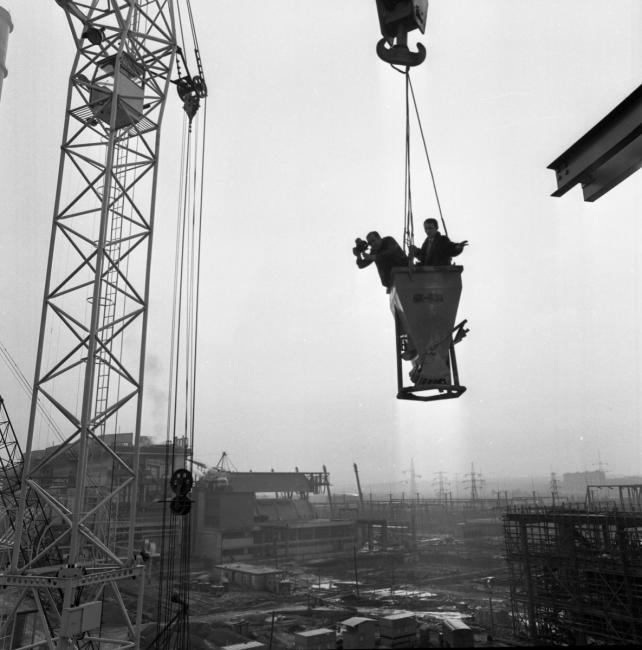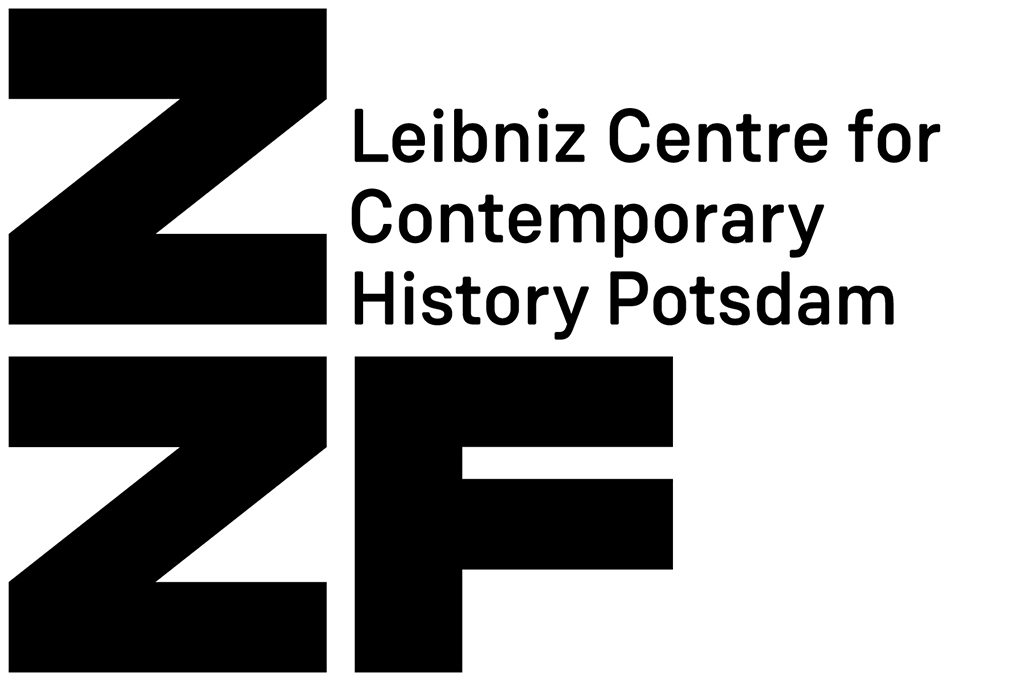In the field of science, image research has steadily increased in scope and importance since the mid-1980s. Photography played a key role here. Unlike textual sources, it offers an immediate view - of people and things, of cities, landscapes and interiors. Up until now, the visual history itself often focused on the pictures themselves. But who produces them, who chooses them and distributes them?
This work area focuses on the actors and institutions involved in image production: the agents of the images. The subject of the research, in addition to the aesthetic effect, are the social conditions of the production, distribution and canonization of pictorial collections.
Visual History

Bildinfo
Tamás Urbán, A team of the Hungarian TV channel MTV filming on a construction site in 1971.
© Fortepan/Tamás Urbán
